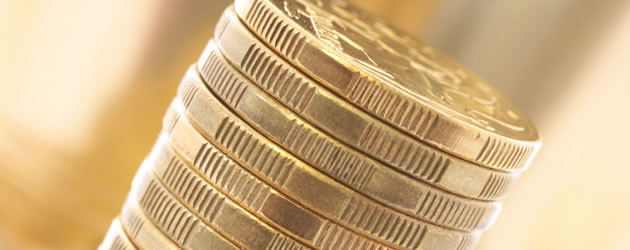
The Pound to Australian Dollar exchange rate (GBP/AUD) struck a near-4-year high yesterday afternoon in response to comments from Prime Minister Tony Abbott on the value of the domestic currency.
Sterling shot up by two cents from 1.8120 to 1.8320 within a couple of hours of Abbott’s decidedly dovish remarks. The Australian PM announced that the Reserve Bank of Australia was to receive an AU$8.8 billion boost to its capital reserves in order to make it easier for the Central Bank to intervene in the currency market.
With manufacturers and export-driven businesses blaming the relatively high value of the Australian Dollar for a shortage of demand from foreign buyers, and General Motors announcing that it will cease producing cars in Australia as of 2017 due to the Dollar’s impact on sales, the government has been under pressure for a long time to act.
In a rare discussion from the government on the Dollar’s value, Abbott welcomed the recent depreciation but urged the RBA to do more to ensure that the domestic currency falls to “the best possible level”.
“The Reserve Bank has been, in effect, recapitalised to the tune of AU$8 billion because that enables the Reserve Bank to intervene prudently and appropriately in the market to try and ensure that the Australian Dollar is at the best possible level”, Abbott said.
The explicit call from government for the RBA to intervene sent GBP/AUD to its highest level since December 2009 as investors contemplated the potential impact of further monetary loosening in the future.
The ‘Aussie’ also declined by around -1.3 cents against the US Dollar (AUD/USD), -0.5 cents against the New Zealand Dollar (AUD/NZD), -1.0 cents against the Japanese Yen (AUD/JPY), -2.0 cents against the Euro (EUR/AUD) and -0.8 cents against the Canadian Dollar (AUD/CAD).
Even prior to the dovish Abbott comments, the Australian Dollar was trading on the back-foot due to a report showing that the headline Unemployment Rate rose to a 4-year high of 5.8% in November. The report was slightly misleading, as employment actually improved by 21,000 in November, but due to the metrics (which involve rounding to one decimal place) used to calculate the result the figure was rounded upwards from 5.7% to 5.8%.
The Australian Dollar’s Antipodean counterpart, the New Zealand Dollar, was treated to a completely different set of comments recently. Reserve Bank of New Zealand Governor Graeme Wheeler indicated on Wednesday evening that he expects the benchmark interest rate – currently at 2.50% – to reach 4.75% by the beginning of 2016. The hawkish Central Bank outlook allowed the ‘Kiwi’ to appreciate across the board.

Comments are closed.